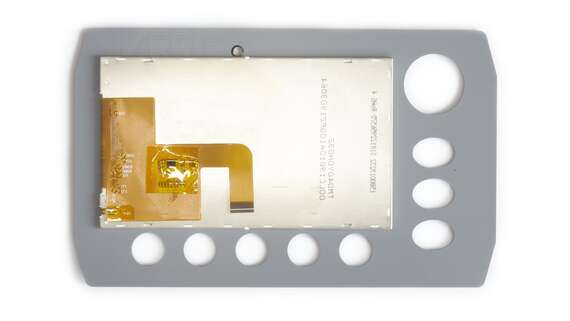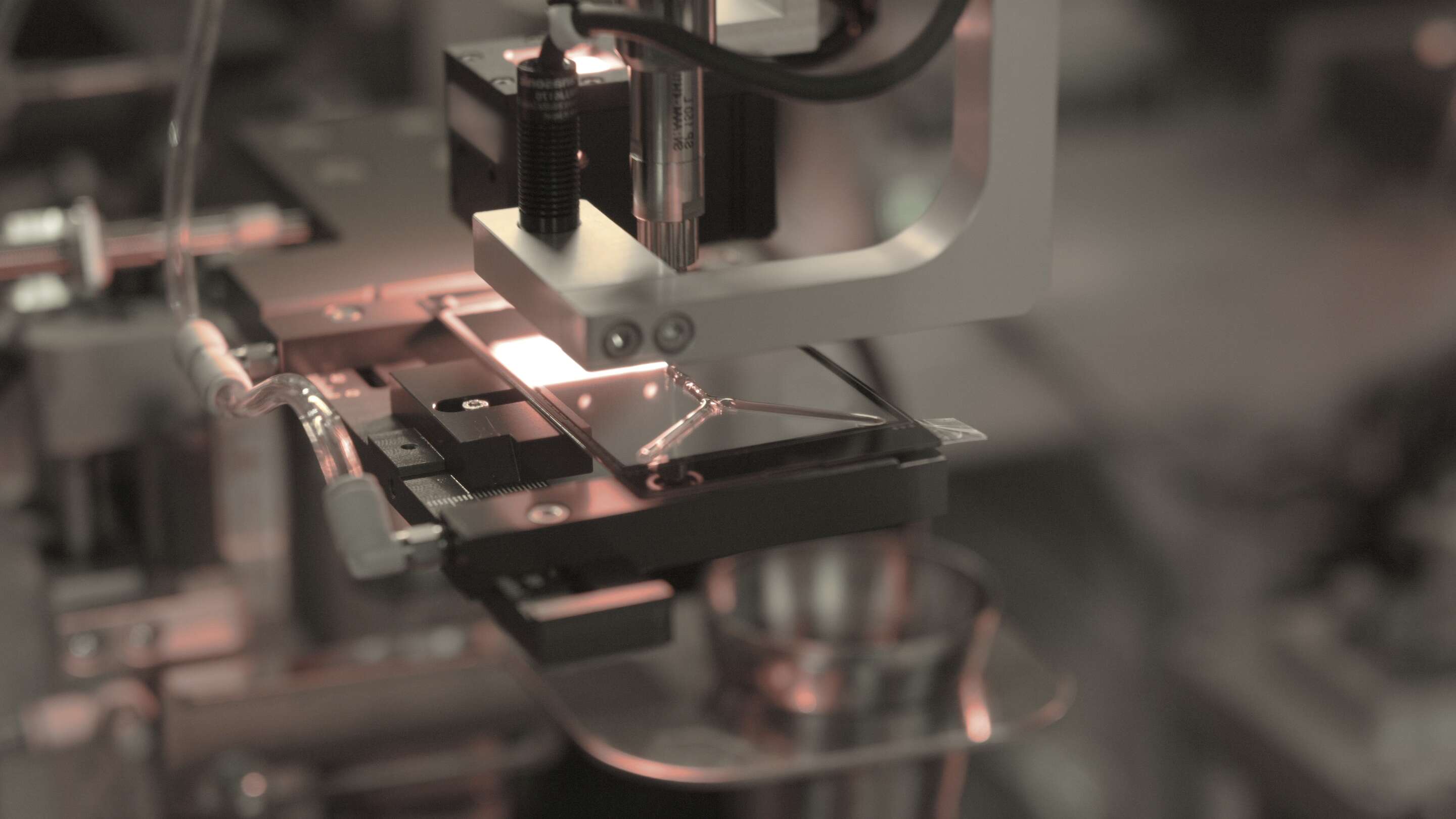Achieving Superior Optical Performance Through Seamless Bonding Techniques
When it comes to producing top-tier optical displays, achieving flawless visual clarity is paramount. The process of optical bonding, which involves joining two substrates without bubbles using an optical adhesive, is crucial in attaining this goal. But how do you choose the right bonding technology for your specific needs? This blog post will explore the intricacies of optical bonding, highlighting the differences between dry and wet bonding techniques, including Optical Clear Adhesive (OCA) and Optical Clear Resin (OCR). Selecting the appropriate method can significantly impact your display's performance. At Interelectronix, we pride ourselves on our expertise in both techniques, delivering high-quality optical bonding solutions at competitive prices.
Understanding the Optical Bonding Process
Optical bonding is a meticulous process where two substrates, typically a display panel and a protective cover, are joined together using an optical adhesive. This adhesive not only holds the substrates in place but also eliminates air gaps, ensuring a bubble-free bond. The absence of bubbles is crucial for maintaining superior optical performance, as it reduces reflections and enhances visibility. The process can be complex, requiring precision and expertise to achieve the desired results.
The Significance of Bubble-Free Adhesion
In the optical bonding process, achieving a bubble-free bond is vital. Bubbles can cause significant issues such as light scattering, reduced contrast, and impaired readability, particularly in bright environments. By using high-quality optical adhesives and precise bonding techniques, we ensure that the bond is completely free of bubbles. This results in displays with excellent clarity, vibrant colors, and improved durability, making them suitable for a wide range of applications, from consumer electronics to industrial devices.
Exploring Dry Bonding Technology
Dry bonding is one of the primary techniques used in optical bonding. This method involves the use of an optical tape to bond the substrates together. The tape, which is optically clear, is applied between the display panel and the cover glass, providing a strong and durable bond. Dry bonding is particularly advantageous for smaller displays and applications where quick turnaround times are essential. It offers a clean and efficient bonding process with minimal curing time, making it an attractive option for many manufacturers.
Advantages of Dry Bonding
One of the main benefits of dry bonding is its simplicity and speed. The use of optical tape eliminates the need for liquid adhesives, reducing the complexity of the bonding process. Additionally, dry bonding provides excellent mechanical stability and can be easily automated, which is ideal for high-volume production. This method also offers good resistance to environmental factors such as humidity and temperature fluctuations, ensuring long-term reliability of the bonded display.
Unpacking Wet Bonding Technology
Wet bonding, on the other hand, uses a liquid adhesive to bond the substrates. This method is favored for larger displays and applications requiring superior optical clarity and performance. There are two main types of liquid adhesives used in wet bonding: Optical Clear Adhesive (OCA) and Optical Clear Resin (OCR).
Optical Clear Adhesive (OCA)
OCA is a solid, pressure-sensitive adhesive film that provides excellent clarity and strong bonding. It is particularly effective in applications where maintaining optical transparency is critical. OCA is applied between the substrates and then cured, typically using UV light, to form a durable bond. This method is ideal for touchscreens and other devices where touch sensitivity and clarity are paramount.
Optical Clear Resin (OCR)
OCR is a liquid adhesive that is poured between the substrates and then cured using UV light or heat. This type of adhesive is highly effective in filling in all micro-gaps and imperfections, resulting in a seamless and high-quality finish. OCR is especially suitable for larger displays and applications where durability and environmental resistance are essential. The curing process ensures a robust bond that enhances the longevity and performance of the display.
Benefits of Wet Bonding
The primary advantage of wet bonding is its ability to create a bond with exceptional optical clarity. Both OCA and OCR fill in all gaps and irregularities, ensuring a smooth and uniform surface. This results in displays with enhanced readability and reduced glare, even in challenging lighting conditions. Wet bonding is also highly adaptable, making it suitable for a wide range of display sizes and types, including touchscreens and ruggedized displays used in harsh environments.
Choosing the Right Bonding Technology
Selecting the appropriate optical bonding technology depends on several factors, including the size of the display, the intended application, and specific performance requirements. For smaller displays or applications requiring quick production times, dry bonding may be the best choice. Conversely, for larger displays or applications demanding the highest optical performance, wet bonding, whether using OCA or OCR, is often the preferred method. Understanding these factors and making an informed decision is crucial for achieving optimal results.
The Role of Expertise in Optical Bonding
Expertise plays a critical role in the optical bonding process. At Interelectronix, we have extensive experience in both dry and wet bonding techniques. Our skilled technicians and state-of-the-art equipment enable us to deliver precise and reliable bonding solutions tailored to your specific needs. We understand the nuances of each method and can advise you on the best approach for your application, ensuring that you receive the highest quality bonded displays.
Applications of Optical Bonding
Optical bonding is used in a wide range of applications, from consumer electronics like smartphones and tablets to industrial and medical devices. In automotive displays, for example, optical bonding enhances visibility and readability, improving safety and user experience. In medical devices, it ensures clear and accurate display of critical information. The versatility of optical bonding makes it an essential process for any application requiring high-quality displays.
Why Interelectronix
Choosing Interelectronix for your optical bonding needs means partnering with a team of experts dedicated to delivering superior results. We excel in both dry and wet bonding technologies, providing high-quality, bubble-free bonds that enhance the performance and durability of your displays. Our commitment to quality and customer satisfaction ensures that you receive the best possible service at competitive prices. Contact us today to learn more about how we can help you achieve exceptional optical performance for your displays.

